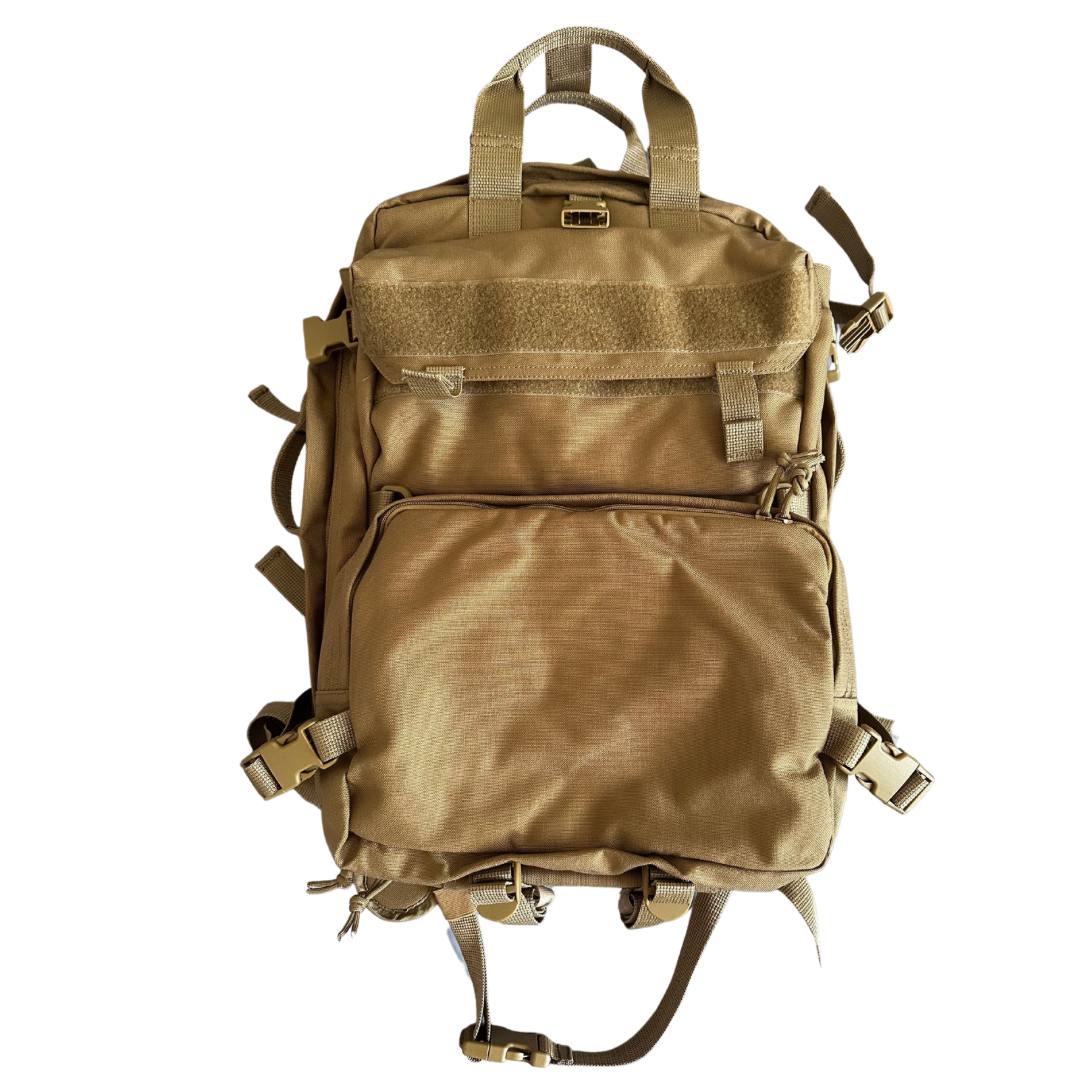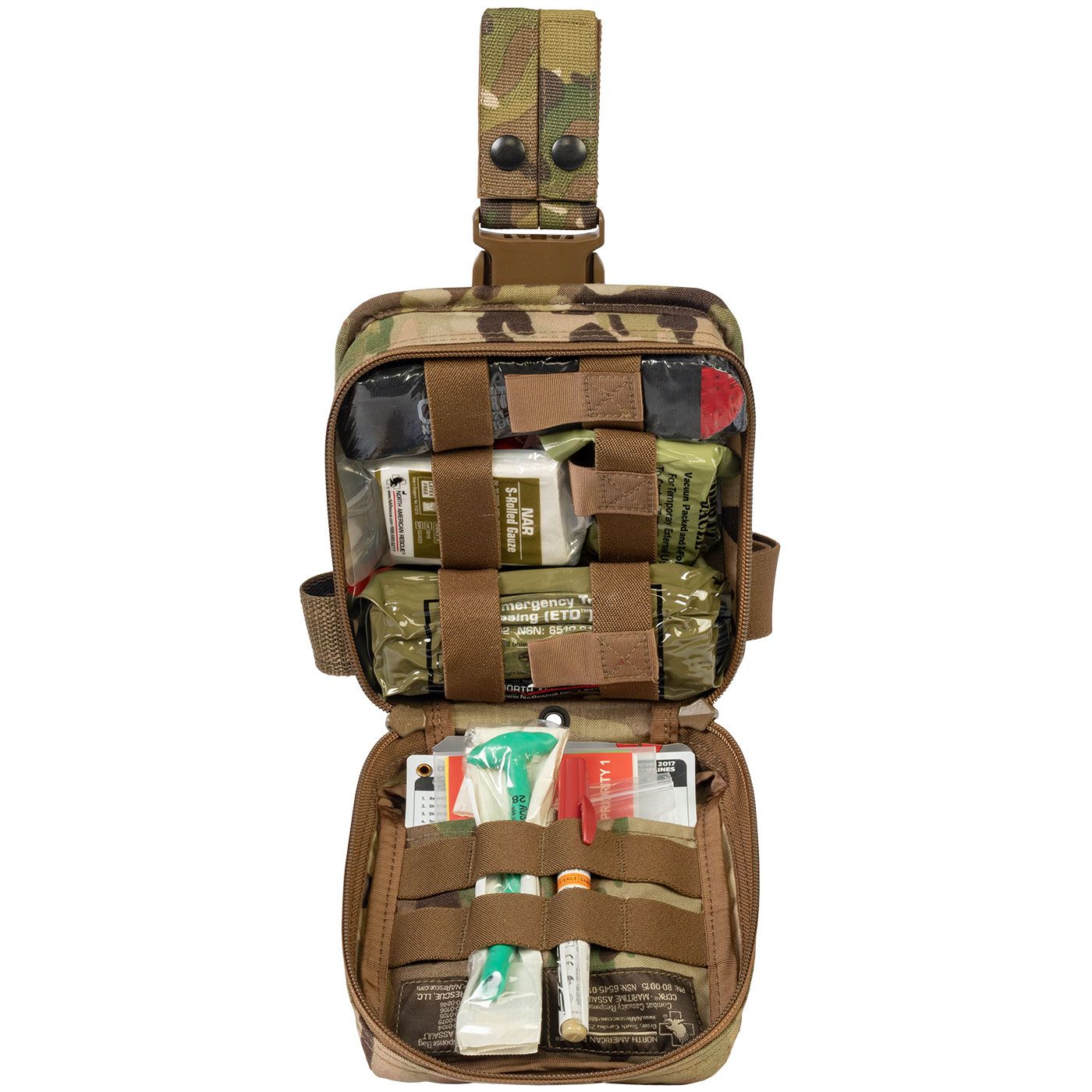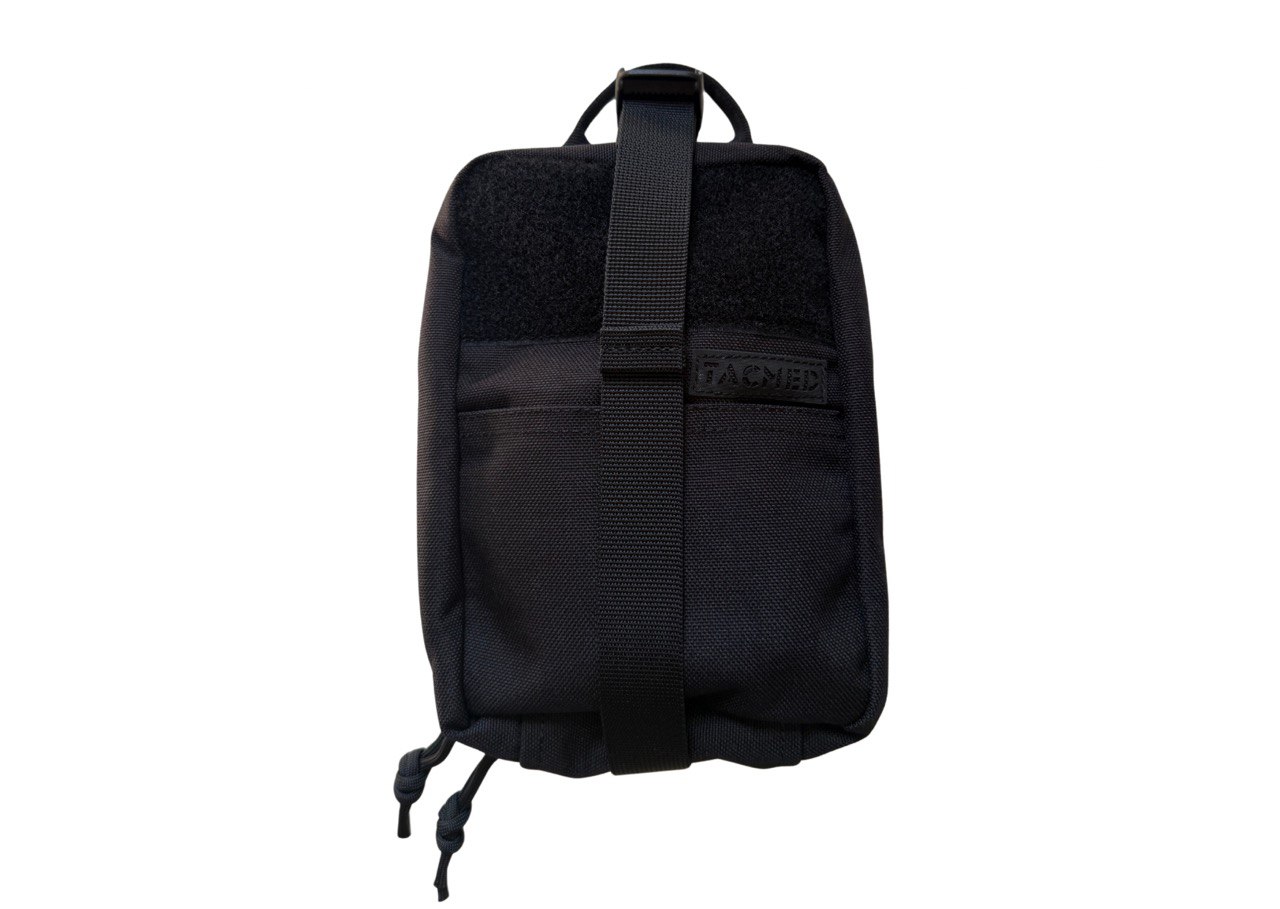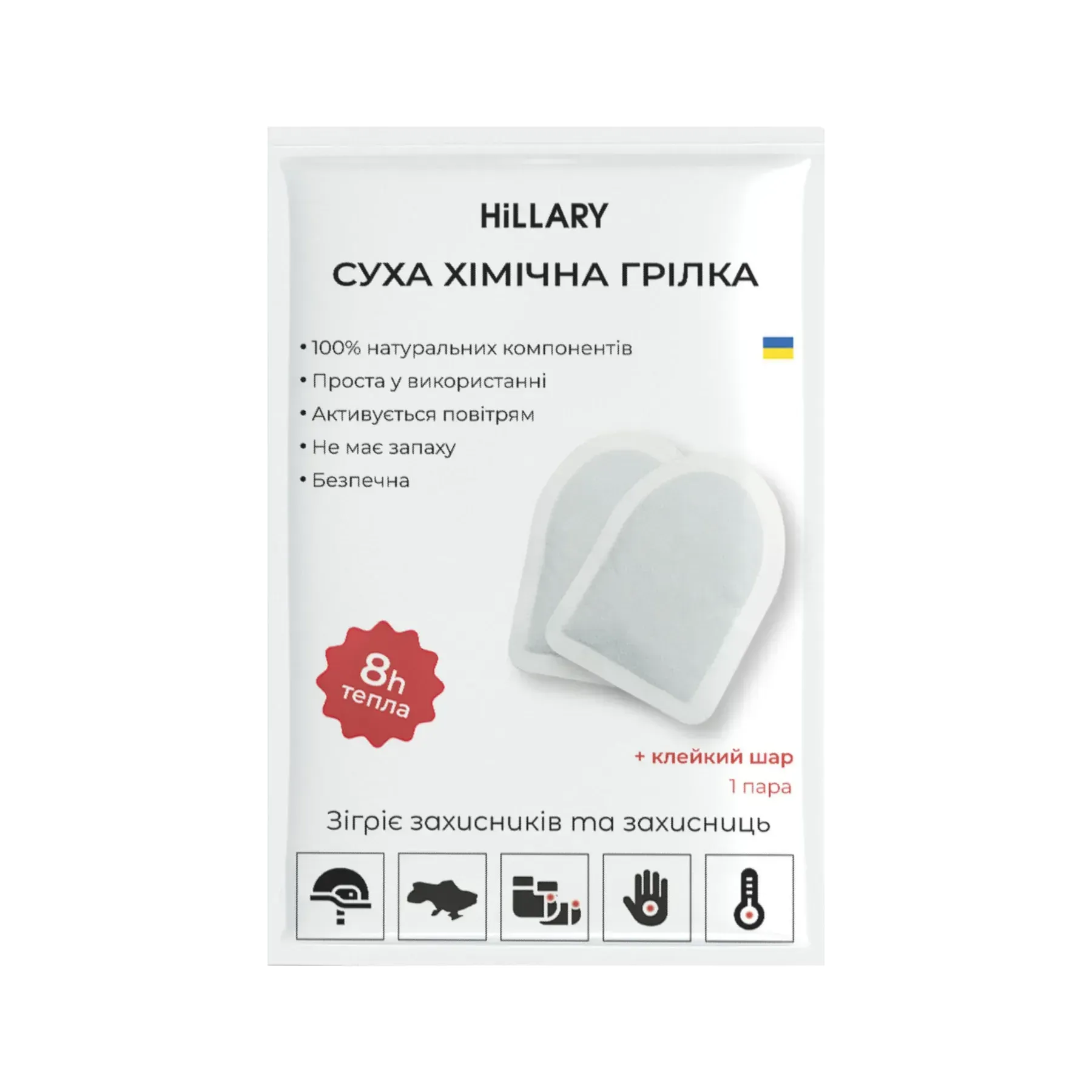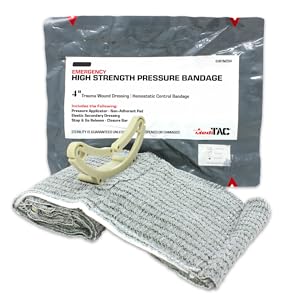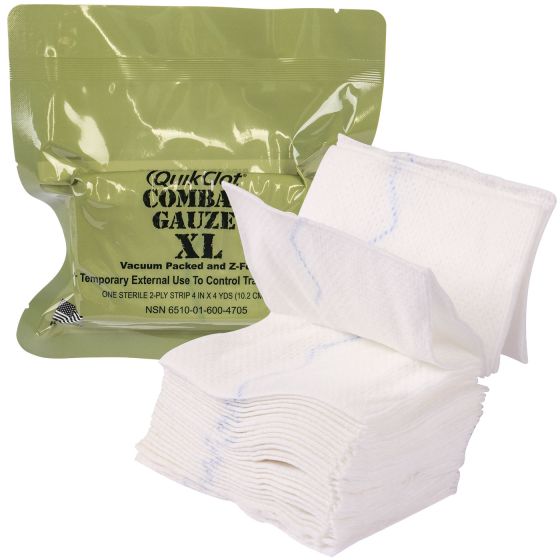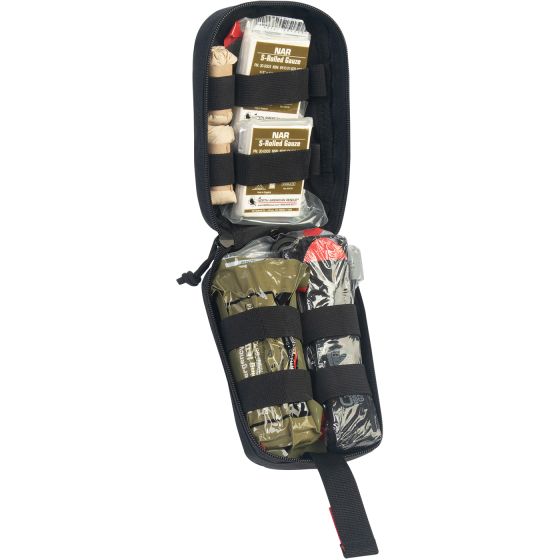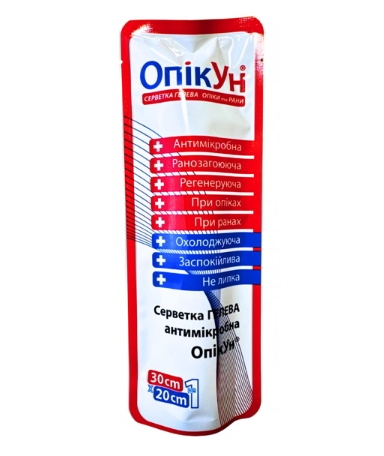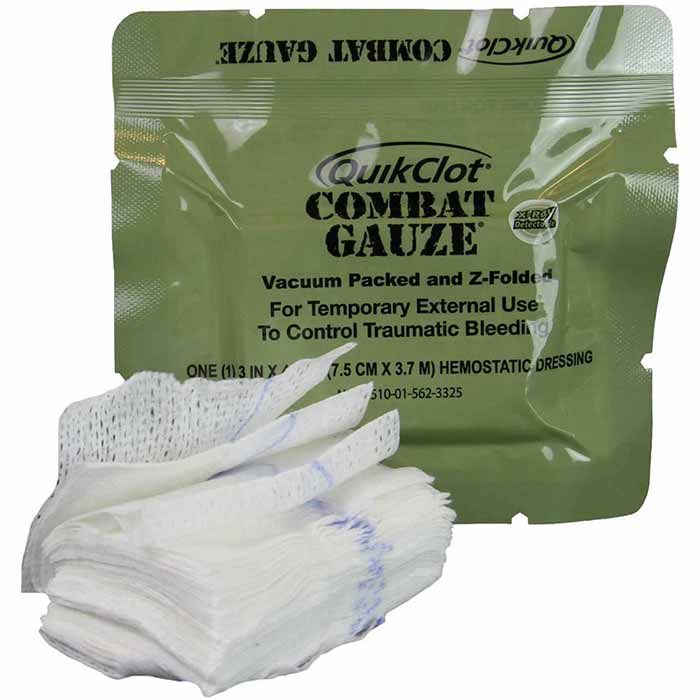An alarming suitcase: a list of must-have items to take with you
Content
- What is an anxiety suitcase
- Contents of the alarm suitcase
- Documents and money
- Food and water supplies
- Communication devices, gadgets
- A set of clothes and shoes
- First aid kit and hygiene products
- Conclusion

Nowadays, being prepared for unexpected situations is not just a recommendation, but a vital necessity. That's why packing an emergency suitcase can be a key solution to ensure your safety and quick response in an emergency.
In this article, we're going to look at the list of must-haves in an emergency suitcase so that you're always prepared for any unforeseen circumstances.
What is an anxiety suitcase
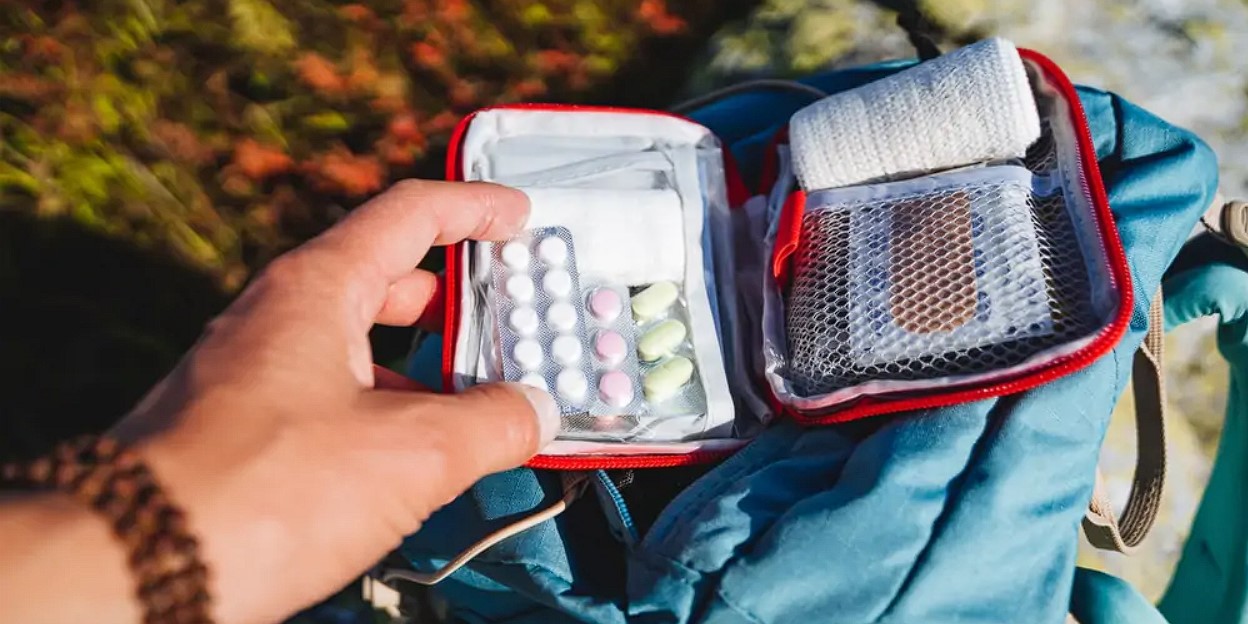
An emergency suitcase is a pre-prepared backpack or bag that contains everything you need to respond quickly in an emergency. The main purpose of such a suitcase is to provide you with everything you need during evacuation or other unforeseen circumstances. Typically, it contains copies of important documents, spare clothes, basic medicines, hygiene items, water and long-life food.
You can assemble an anxiety suitcase yourself or buy a ready-made kit in specialised stores. The most convenient option is a backpack with a volume of approximately 30 litres, which will allow you to conveniently distribute all the necessary things and ensure their safe transportation.
Contents of the alarm suitcase
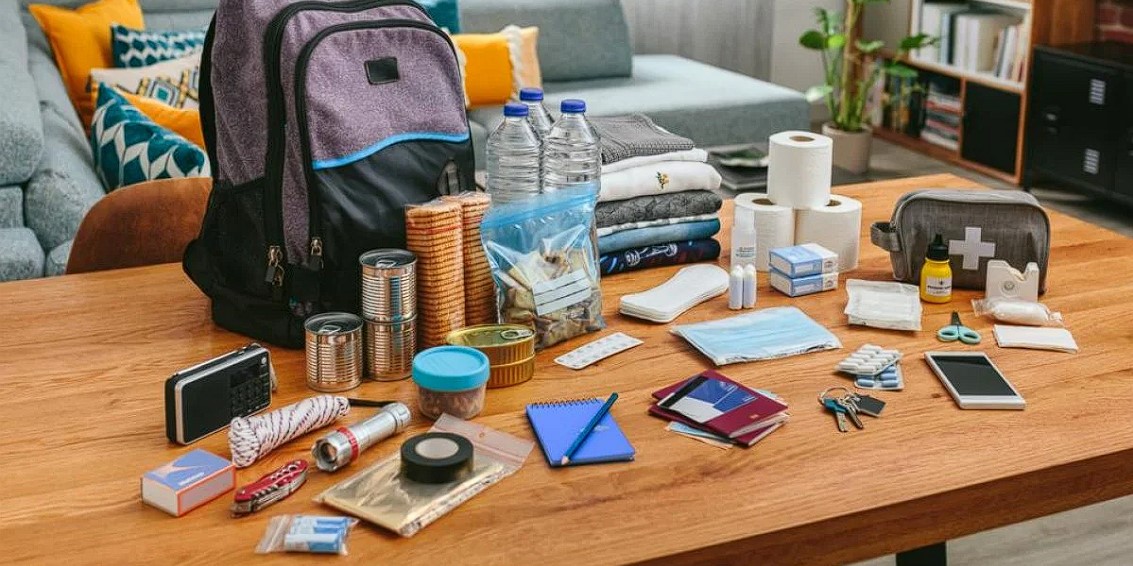
For an alarm suitcase to really fulfil its function, it is important to choose its contents correctly. Each item should be practical and necessary in the event of an emergency, as your health, safety and comfort in unforeseen circumstances depend on it. Below is a detailed list of things you should definitely pack in your emergency suitcase so that you are prepared for any scenario.
Documents and money
Documents and money are among the most important things to have in an emergency suitcase. In critical situations, having them will help you solve many issues faster and provide access to important resources.
Start by preparing a set of originals and copies of the most important documents: domestic and international passports, identification codes, birth certificates of children, property documents, driver's licence, vehicle registration certificate and medical records. For added security, make scanned copies of all documents and save them to a cloud service (e.g. Google Drive) and on a USB stick that you pack in your suitcase.
You should also have cash on hand. It is better to prepare small bills in both national currency and dollars or euros. For convenience, the money should be divided into several parts and stored in different places in the suitcase, which minimises the risk of losing the entire amount at once.
Don't forget your bank cards. Although many people use contactless payment via smartphone, it is worth having duplicate physical cards with you. This will ensure access to finances even if you do not have access to electronic devices.
Food and water supplies
Food and water supplies are critical elements of an emergency suitcase, as access to food and drinking water may be limited in an emergency. Even for a small emergency suitcase, you should pack drinking water at the rate of 1–2 litres per person. Although shelters or staging areas usually have water, it is better to have a supply with you. If the suitcase is designed for a longer stay or is stored in a car, take care of a larger volume of water, because without it, the body can survive only 2–3 days, and under stress, heat or increased physical activity, this period is reduced.
Choose light and nutritious foods with a long shelf life that don't require complicated preparation. Fitness bars, chocolate, nuts, and dried fruit are good for a quick snack. In addition, you should pack canned meat, fish and vegetables, as well as freeze-dried foods (cereals, soups), which are enough to pour boiling water over. The food should be enough for 3 days for one adult. If you have children in your family, do not forget to add baby food for 3 days for each child.
You should have a basic set of utensils: a metal bowl, spoon and mug for each family member. You will also need a small pot or cauldron for cooking. To make a fire, put matches, lighters, dry fuel or liquid lighter. It is most convenient to have a tourist gas burner or a blowtorch with several spare gas cylinders - this will ensure that you can cook even in the field.
Communication devices, gadgets
In an emergency suitcase, it's important to have all the tools you need to stay connected and access information. In an emergency, a lack of communication can make it difficult to survive and find help, so these items should be in every emergency suitcase:
- Spare smartphones with sim cards. It's better to have duplicate copies of your main sim cards, which will allow you to stay connected even if you lose one of your phones. Don't forget about chargers for each gadget.
- A simple push-button phone. To save energy and in case your smartphone breaks down, you can pack a simple phone with a powerful battery in your suitcase. It will last longer, which is important in crisis situations. Separate sim cards for this phone will also be useful.
- A notebook with important contacts. Write down the phone numbers of relatives, doctors, emergency services and other important contacts in a notebook. This is especially important if you are unable to access your electronic devices.
- Power banks. Be sure to bring a power bank to recharge your gadgets in the field. It is recommended that you have a power bank with a capacity of 20,000 mAh or more, which will last for several charges. Make sure it is charged before you start your trip.
- A radio with the ability to receive VHF. In an emergency, the radio can be the main source of information. A radio will allow you to listen to the news and receive important messages. Make sure you have spare batteries in it so that it works at all times.
Make sure your devices are always charged and that you have enough batteries. Your safety and the ability to get help quickly or learn about a change in the situation in time may depend on their availability.
A set of clothes and shoes
One of the main components of a travel suitcase is clothes and shoes that will help you be prepared for different weather conditions and situations. Depending on the size of your suitcase and the presence of children, the list of necessary items may vary.
For a small suitcase, basic items such as comfortable slippers for home or shelter and a blanket to keep you warm will be enough. If you have children, be sure to take care of a change of clothes, nappies, and underwear for the kids. This will allow you to be calm about their needs in case of a long evacuation or stay in a shelter.
For a large suitcase, it is recommended to include:
- Underwear - 2–3 sets to ensure comfort for several days.
- Socks - 3–4 pairs, including one pair of warm socks (preferably made of cotton), which will help keep you warm in cold conditions.
- Depending on the time of year: spare clothes, including a jacket, trousers, and shoes for different weather conditions.
- Accessories - a hat, gloves and a raincoat that will come in handy in the rain or cold.
The right choice of clothing and footwear is important for a comfortable stay in shelters or during evacuation. If necessary, you will be able to stay in any conditions with minimal discomfort, having the necessary set of clothes to protect you from cold, wind or rain.
First aid kit and hygiene products
A first aid kit and hygiene products are important components of a travel kit, as they will help you quickly cope with various health emergencies. It should include medicines prescribed by your doctor for regular use, as well as remedies for the most common ailments that can be bought over the counter: painkillers, anti-inflammatory, anti-allergic drugs, as well as sorbents and detoxifiers.
Equally important are bleeding control equipment, such as a tourniquet, dressing bag or "Israeli bandage", gauze bandages and adhesive plasters. They will help with injuries or wounds when an ambulance may not be available.
In addition, the first aid kit should contain medical gloves, protective masks and a thermal blanket for warming, as well as atraumatic scissors for painless removal of clothing or bandages.
When it comes to hygiene products, they should provide you with the minimum conditions for maintaining cleanliness. These include a toothbrush and toothpaste, antiseptics, wet wipes, and for women, intimate hygiene products. If you have children, don't forget about nappies and baby wipes. The amount of hygiene products is calculated depending on the number of people and the duration of the evacuation, but for at least 3 days.
Do not forget medical devices if they are necessary for your health (for example, a glucose meter or blood pressure monitor), as this will help you monitor your condition during emergencies.
Conclusion
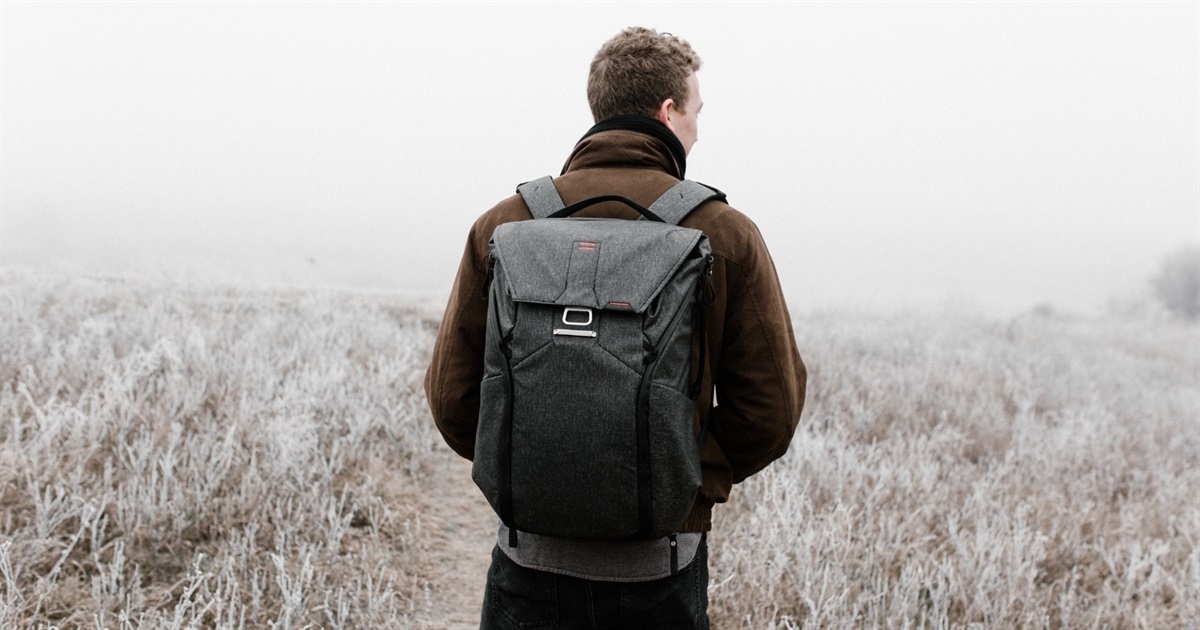
Packing your emergency suitcase in advance is an important step towards your safety in unforeseen situations. It is recommended to store it in a convenient place so that you can quickly access the necessary items in case of danger. In addition, it is important to fill your suitcase with items that you have already tested in practice - used, and reliable items will be much more useful than new ones that have not been tested in real conditions.
Survival experts advise choosing a backpack as your main "emergency suitcase". It provides convenience while moving, does not restrict movement and allows you to keep your hands free. It is important to distribute the weight correctly to make the backpack comfortable to carry. The heaviest items should be placed on the bottom, sharp objects should be placed so that they do not touch the back, and those that are needed in the first place should be placed in the outer pockets.
It is important to remember that the total weight of the backpack should not exceed 25-30 kg, as most people, especially women, can feel a significant strain with a higher weight. A prepared and comfortable emergency suitcase will greatly increase your chances of safety and quick evacuation in any emergency.
